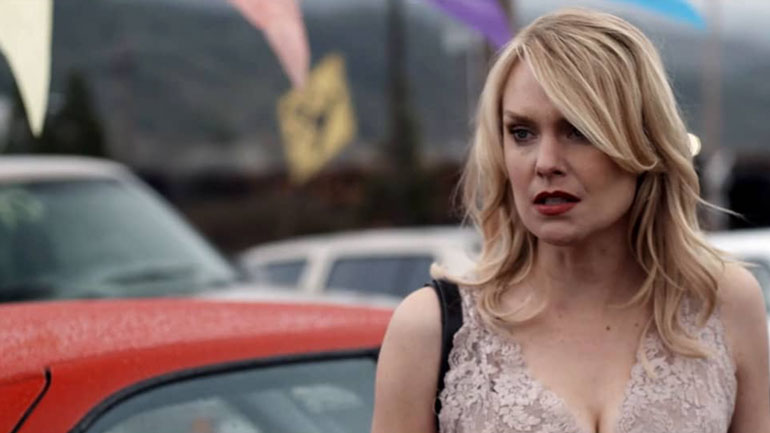A young man has a series of stressful interactions on a late-night subway ride that harden him to a fault.
Director’s Vision for ‘Red Line’
Red Line is an immersive and heartbreaking true story that forces viewers into an uncomfortable confrontation with the “look the other way” attitude so many of us possess with respect to the homeless population. My vision is to dramatize this story within the neo-realist tradition of works such as American Honey, Wasp, The Florida Project, Heaven Knows What and Fruitvale Station.
Every resident of Los Angeles, or any big city for that matter, is familiar with the homelessness crisis. We all have our dinner party talking points in which we forcefully and eloquently articulate our own deep sense of sympathies for the plight of the homeless. The truth, however, whether we like to admit it or not, is that the ways in which most of us interact with the homeless seldom reflect those firmly held convictions of sadness for their situations. The undeniable reality is the way we act toward the homeless often runs opposite of our professed care for them. The truth is that most of us feel fear, apathy, disgust, and sometimes even hatred toward the homeless. There is, then, a highly erected wall of separation between our intellectual, abstract care for the plight of the homeless population in this city and the ways in which we actually interact with that population in our daily lives. This dichotomy is something far too few of us care to examine. Red Line does just that.
Rooted in my own personal experiences riding the LA Metro, the most intense of which serves as the picture’s climax, Red Line puts the forgettable faces, the people we all encounter in our daily lives but choose not to see, right there on the screen where we can’t deny their humanity. We cannot look the other way.



